Phase 1 Environmental Site Assessments
Ensuring Safe and Compliant Property Investments
Your Partner in Environmental Due Diligence
At RW West Inspections, we excel in environmental due diligence through our specialized Phase I Environmental Site Assessment services. As a reliable partner in real estate transactions and property development, we understand the necessity of thoroughly assessing environmental risks. Our Phase I ESA services provide a detailed and customized analysis, ensuring you can make informed decisions and meet regulatory requirements with confidence.
When is a Phase 1 Environmental Site Assessment Needed?
Real Estate Transactions
When buying or selling commercial or industrial property, a Phase 1 ESA helps identify any potential environmental liabilities that could affect the property's value or use.Property Development
Before developing a new site or redeveloping an existing property, a Phase 1 ESA ensures that there are no hidden environmental issues that could impact the project.Financing and Loans
Lenders often require a Phase 1 ESA as part of the loan approval process for commercial property transactions to assess environmental risks and protect their investment.Regulatory Compliance
Compliance with local, state, and federal environmental regulations often necessitates a Phase 1 ESA to ensure the property meets all environmental standards.
Our Phase 1 (ESA) Process
Site Visit
Visual Inspection: Our certified inspectors conduct a thorough visual inspection of the property and surrounding areas to identify any signs of environmental contamination.
Photographic Documentation: We take detailed photographs to document current site conditions and any areas of concern.
Historical Research
Property Records Review: We examine historical records, including aerial photographs, land title records, and previous environmental reports.
Regulatory Database Search: We search federal, state, and local regulatory databases to identify any reported environmental incidents or violations associated with the property.
Interviews & Questionnaires
Stakeholder Interviews: We conduct interviews with property owners, occupants, and local government officials to gather information about the property's history and current use.
Environmental Questionnaires: We distribute questionnaires to stakeholders to collect additional data on potential environmental issues.
Report Preparation
Comprehensive Report: Upon completion of the assessment, we provide a detailed report summarizing our findings. This report includes:
Site Description: An overview of the property’s physical characteristics and current use.
Historical Summary: A summary of the property’s historical use and any past environmental concerns.
Findings and Conclusions: Identification of Recognized Environmental Conditions (RECs) and any other environmental concerns.
Recommendations: Expert guidance on further actions, if necessary, such as a Phase 2 ESA.
Corporate Acquisitions & Mergers
When acquiring or merging with another company, especially if real estate is involved, a Phase 1 ESA helps identify any potential environmental liabilities associated with the property.Lease Agreements
For long-term commercial leases, a Phase 1 ESA can protect both landlords and tenants by identifying and addressing any environmental concerns before the lease is signed.Risk Management
Companies and organizations conducting risk management assessments may require a Phase 1 ESA to understand and mitigate potential environmental risks associated with their properties.
Frequently asked questions
How long does a Phase 1 ESA take?
Our Phase I Environmental Site Assessments typically take about 10 business days but will vary depending on property size, location, and scope of work.
How do I prepare for a Phase 1 ESA?
We will request relevant company documents, building and site specifics, previous environmental reports, property access for our investigation, and contact details for individuals knowledgeable about the site's history. You will be provided tools such as fillable forms for site history details and authorization letters for property record searches.
What is the fee for a Phase 1 ESA?
The cost varies depending on several factors, but we can provide an estimate during our initial conversation. Some considerations may include property size and type, historical usage, scope of work, site accessibility, regulatory requirements, environmental concerns, and turnaround times.
What happens after the Phase 1 is completed?
After the Phase 1 ESA is completed, you will receive a detailed report outlining any potential environmental concerns identified during the assessment. If no significant issues are found, the process concludes there. If potential problems are detected, a Phase 2 ESA may be recommended to further investigate and confirm the extent of any contamination.
How is a Phase 1 ESA different from a Phase 2?
A Phase 1 Environmental Assessment involves a review of historical records, a site inspection, and interviews without physical sampling or testing. A Phase 2 ESA is conducted if potential issues are identified in Phase 1 and includes detailed investigations with soil, water, and air sampling and laboratory testing to confirm the presence and extent of contamination.
Who needs a Phase 1 ESA?
A Phase 1 ESA is typically needed by buyers, sellers, tenants, and lenders involved in commercial real estate transactions. It is also important for property developers, investors, and anyone seeking to identify potential environmental liabilities before acquiring or developing a property.


